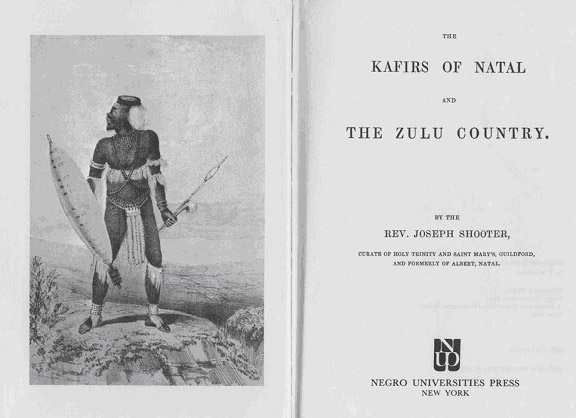
Still Waters
By Keith McWilliam
previous item | up | next item
... continued from page 1 ...

York Courant Thursday 13th January 1842
In June of that year Elizabeth Shooter gave birth to the little girl that they had both desired and named her Sophia. Sadly, to add to their sorrows, the child fell victim to the prevalent high infant mortality rate, dying in May 1843 at the tender age of eleven months. Elizabeth outlived her husband Joseph and many of her children, dying in 1873 aged seventy-six.
Their eldest surviving son Richard Walter Shooter attended St Catherine’s College Cambridge and was ordained deacon in 1857, Curate of Bishop Wilton 1857- 58, he was a Priest in York 1859, Curate of Skipwith 1858-60, Vicar of Bugthorpe 1861-73. At this point his name disappears from Crockford’s Clerical Lists, which could indicate either his death or his retirement from the church.

Frontispiece of Joseph Shooter’s book.
Although I credit Joseph Shooter with the possible authorship of the book ‘The Kafirs of Natal and the Zulu Country’, in which he details the religions, customs, beliefs and lifestyles of the natives of that region during the early nineteenth century, it is pure speculation based upon the facts that no other Reverend Joseph Shooter is mentioned in Crockford’s Clerical Lists and that the period covered by the book and its publication date fit precisely into Joseph’s lifespan. Also we are unable to trace a record of Joseph in any office prior to his ministry at Bishop Wilton, other than a reference to him being a school teacher at the age of twenty two at Silkstone Deanery, Doncaster. It would certainly be feasible that this could be due to him being domiciled in South Africa for a period. It is interesting to note that the book at the time of its publication must have been deemed a work of great credibility as excerpts from these writings are quoted by Charles Darwin in his publication ‘The Descent of Man’.
Were this his book, it would certainly have presented a fitting climax to the life of this man of God, as it was published in August of 1857 just two months prior to his death. Despite the great personal tragedies, which saw the untimely known deaths of at least five of his eleven children, he nonetheless retained his faith until his life’s end. It is also interesting to note that the restoration of St Edith’s, to which he devoted twenty-four years of his life, commenced the year following his death. I would presume that he died at peace in the knowledge that this crucial restoration was at last to be undertaken.
Page 2 of 3
(c) Copyright 2009 Contributors. All rights reserved. |